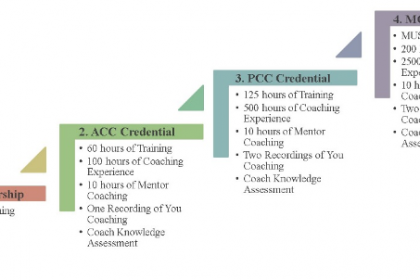By Pete Liska https://www.linkedin.com/in/peteliska/
Because we all process so much information we have learned ways to manage the information. This is helpful on a day-to-day basis and at the same time can prevent us for exploring further or considering different solutions. During coaching certification we learned that the things we say to process and manage information are organized as Meta Models; there are three kinds: Deletions, Generalizations, and Distortions. This information comes from neuro linguistic programming research.
Deletions are when information is missing. With deletions, only part of the information is given during a conversation, such as when you ask someone how they are doing and their response is simply, “Good.” Examples of deletions include: ‘I was out’, ‘He hates me’, or ‘This doesn’t work’. Each of these statements leaves out information which in turn limits understanding. As a coach ask questions: Where? What gives you that impression? or How are you arriving at that conclusion?
Generalizations are when you apply one experience to the next. Examples include, ‘I always’, ‘I never’, or ‘I can’t’. These phrases are rarely accurate and limit consideration of other possibilities. In coach training we learned to ask questions: When haven’t you? When have you? or What if you can?
Distortions are changing information based only on your own perceptions. Examples of this include, ‘You won’t care’, which is actually an attempt at mind reading, or ‘He makes me mad’, which is implying someone else controls your feelings. During the coaching certification we discussed questions including, “What is a different possibility?” or “What specifically influences how you feel?”
How is this important when you are a coach? When a client uses Meta Models, phrases like the above examples, this limits their own thinking, possibilities, and thus outcomes. Coach training with the Center for Coaching Certification (CCC) prepared us to ask questions for complete information. This creates awareness and opens up the opportunities for clients to take action or proactively change based on what they want.



